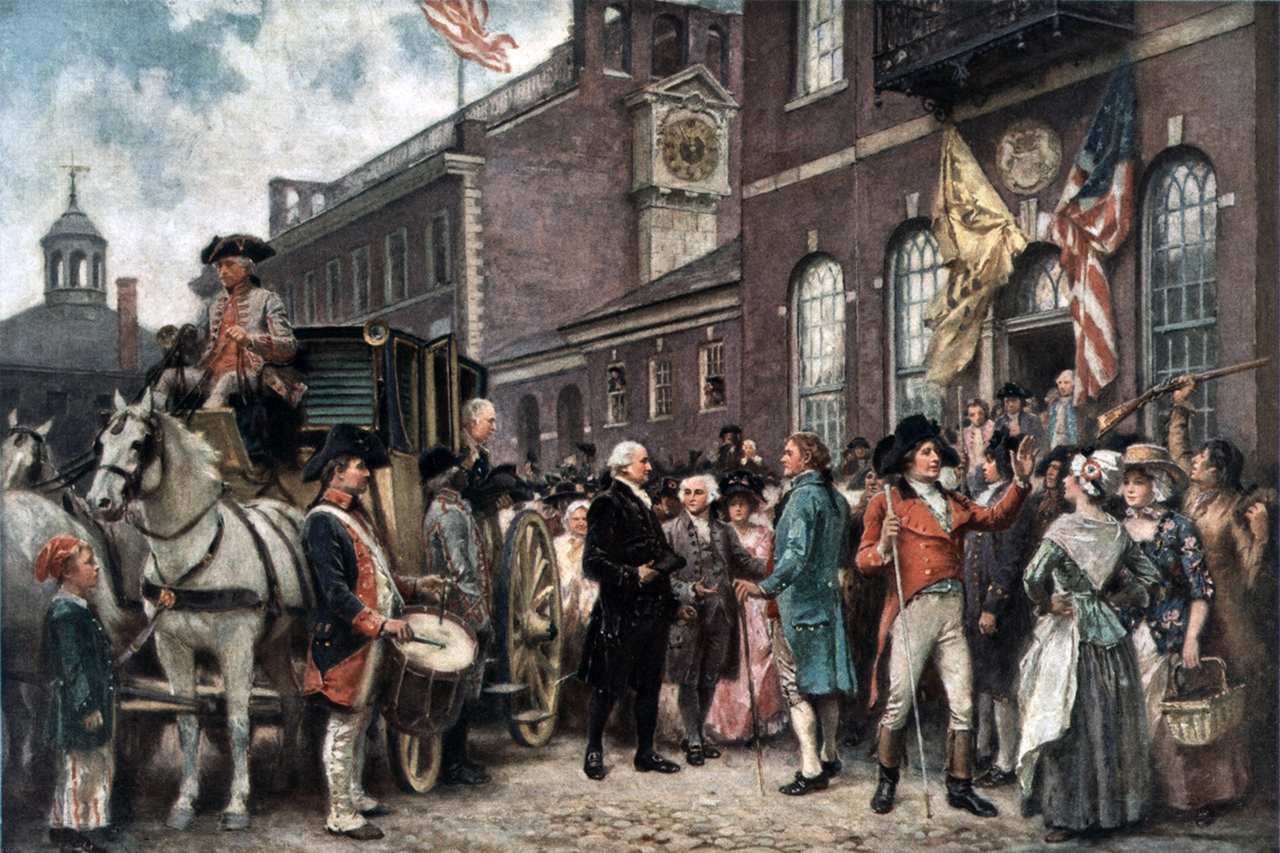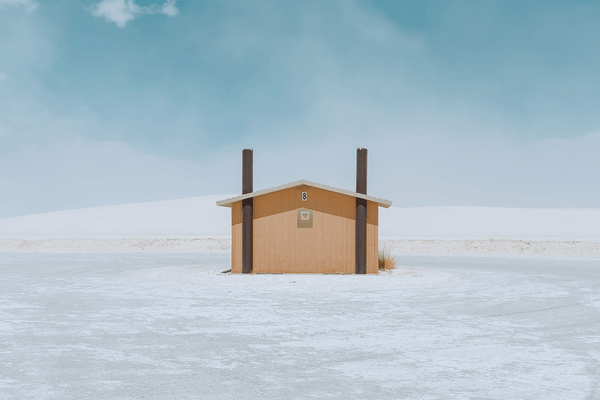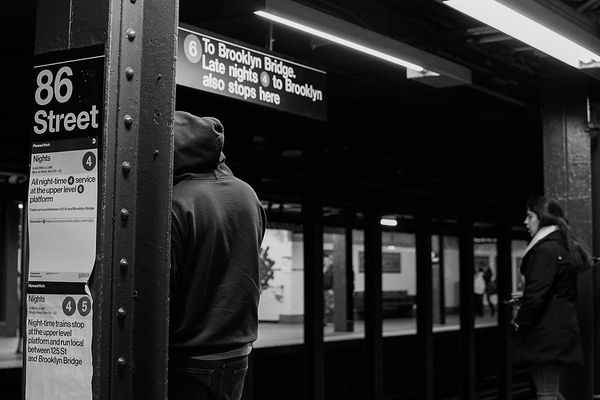THE WHISKEY REBELLION:
TRUE STORY
Shortly after the United States was formed, it experienced its first rebellion of its own citizens: the Whiskey Rebellion. The two fighting factions were frontier farmers in Pennsylvania and federal taxmen and politicians back East. The Whiskey Rebellion's effect on the newly created country was far-reaching. It's amazing the change that happened all over a single whiskey tax...

What Was the Whiskey Rebellion?
The Whiskey Rebellion of 1794 was a tax protest that turned into an all-out rebellion. On one side was the newly formed United States federal government that wanted to collect a tax on locally produced whiskey. On the other side were small-time Pennsylvania farmers who thought the tax was unfair. What started as a disagreement during the tax-collecting process turned into years of violence that almost ended in another American Revolution. Many historians consider the Whiskey Rebellion as one of the first tests of the United States government — a test that it almost failed.
The Original Whiskey Tax
After the Revolutionary War ended in 1783, the newly formed United States of America had gained a substantial amount of debt. Secretary of the Treasury Alexander Hamilton thought the best way to raise funds for the country was taxes, specifically, a manufactured goods tax on distilled spirits. This excise tax was a direct tax on Americans who produced distilled spirits. President George Washington was skeptical at first, especially as Secretary of State Thomas Jefferson saw how the tax could potentially create a burden on farmers. Still, in 1791, Washington passed the Whiskey Tax into law.
The tax rate ranged from 6 to 18 cents per gallon. Large distillers had no problem as they were generally taxed 6 cents per gallon and received additional tax breaks the more they produced. However, small distillers were stuck paying larger taxes, sometimes triple what the large distillers were paying. Large farms and distilleries to the east, closer to where Congress created these new tax laws, were fine with the new taxes. But the new rules left farmers in Western Pennsylvania with a sour taste in their mouth. It suddenly seemed like the government was making decisions without their input.
Whiskey and Western Pennsylvania
Farmers in Western Pennsylvania took whiskey seriously. For them, whiskey really was the "water of life." Farmers west of the Appalachian and Allegheny mountains were true frontier farmers, with less infrastructure to transport goods. As a result, instead of trying to transport large amounts of grain through the difficult mountain roads, they distilled their grain into whiskey, which was easier to transport. Even farmers that exported raw grain typically turned their excess grain into whiskey. Many frontier farmers were also cash-poor and used whiskey as currency to pay and barter for goods and services.
So Western Pennsylvania was sprawling, underdeveloped, and relied heavily on whiskey for several things. They had several other problems, too. They dealt with attacks from Native Americans who wanted their land back. Spain controlled New Orleans and, therefore, much of the Mississippi River and its ports. Many farmers felt this reduced their access to free trade in the States. Plus, with all these grievances with the federal government, the nearest federal courthouse was in Philadelphia, about 300 miles away from the frontier settlement of Pittsburgh. Even before the Whiskey Rebellion started, many farmers distrusted the federal government.
Early Tax Troubles
Enforcing an unpopular tax at the edges of a newly formed country is as hard as it sounds. Farmers were not very forthcoming in paying their taxes upfront, so instead, tax officers had to be sent to collect. Tax officers deployed to the edges of the frontier were just as unhappy about their new job as the farmers being forced to pay the tax. A confrontation was inevitable, and on Sept. 11, 1791, just months after Congress passed the law, violence broke out.
The first recorded skirmish was between tax officer Robert Johnson and a mob of Pennsylvania farmers. The 11 farmers, dressed in disguise as women, surrounded Johnson on his collection route. The mob stripped Johnson of his clothes, tarred and feathered him, stole his horse, and left him in the woods. However, Johnson recognized two of the mob men, reported them, and sent out a warrant for their arrests. Unfortunately, the man sent to deliver the warrants ... suffered the same fate as Johnson. He was found naked and tied to a tree. Johnson, scared for his life, resigned from his post.
Increasing Violence
These frontier fights between tax collectors and farmers only escalated. Word of these problems finally made it to President Washington. In September 1792, he issued a proclamation that condemned any meddling with the "operation of the laws of the United States for raising revenue upon spirits distilled within the same." Farmers mostly ignored this proclamation. After all, the federal government was miles and miles away, and this was the frontier. Local federal tax officer Benjamin Wells learned this the hard way. The mob broke into his home twice. They assaulted him as well as his wife and children.
Things were getting out of control, and the stage was set for the Whiskey Rebellion. A group of farmers from across Pennsylvania formed their own makeshift assembly to decide the next steps. There were three or five representatives from each county. The radical farmers wanted to start openly rebelling immediately. Moderates wanted to try more conciliatory measures. The moderates won out. For now.
The Whiskey Rebellion Begins
That all changed with the arrival of federal marshal David Lenox. He arrived in Pennsylvania in the summer of 1794 in order to serve writs to 60 distillers who had not paid their taxes. The writs required the tax evaders to show up in federal court — 300 miles away. Being a federal officer and not from Western Pennsylvania, Lenox needed the services of a local to show him where the farmers lived. Wealthy landowner John Neville offered to serve as his guide throughout the state. So the two went off to serve summons to small-time farmers.
On July 15, they reached the home of William Miller who, like most farmers, refused to accept his summons. While the three men argued, other farmers got wind of the disturbance and as Lenox and Neville left Miller's farm, an angry mob met them. The mob came with pitchforks and muskets, and some appeared to be drunk. However, Lennox and Neville left unscathed, although a gunshot was heard as they rode off.
The Destruction of Bower Hill
On July 16, another mob rode to Neville's home on Bower Hill in search of the marshal. Neville ordered the men to get off his property and when they refused, Neville shot at the crowd, hitting and killing Oliver Miller, a distant relative of William Miller. A fight broke out and Neville called for backup from the people who were enslaved on his property. Eventually the rebels fled with Miller's body and six wounded men. They reconvened and planned on getting revenge.
The next day, the mob, now consisting of 500 men, returned to Bower Hill demanding the surrender of Neville and Lennox. However, both men had escaped with the help of federal soldiers, who were now helping defend Bower Hill. After the Neville women were allowed to escape, shooting broke out. Although the rebel leader James McFarland was shot and killed, the federal soldiers surrendered. The rebels burned down all the buildings at the Bower Hill estate. The Whiskey Rebellion was on.
The Fight Comes to Pittsburgh
The rebellion soon spread throughout the state. In Fayette County, rebels burned down the home of federal tax collector Benjamin Wells. Rebels held anti-tax meetings in every county. However, there were some moderates in the Whiskey Rebellion such as newspaper publisher Hugh Brackenridge and state legislator Albert Gallatin. They both urged reconciliation and a peaceful resolution to the crisis. For the time being, their calls for peace were ignored.
The rebels couldn't be tamed. They attacked and stole mail from a federal mail carrier near Pittsburgh. Among the mail, they found three letters from Pittsburgh officials condemning the attacks on Bower Hill. These letters of opposition truly upset the rebels. A call went out to all the local militia to gather at Braddock Field near Pittsburgh. The rebels were going to try to take the city.
Standoff at Braddock Field
Over 7,000 men answered the call to show up at Braddock Field. The city, fearing war, told the rebels that the three letter writers who angered the rebels had been expelled from the city. Pittsburgh also gave the rebels a few barrels of whiskey as a peace offering. The rebels drank, and an attack was momentarily postponed. However, things had become dire. President Washington sent a peaceful envoy to meet with the rebels to come to an agreement and end this quietly. It failed. The Whiskey Rebellion would continue until rebels felt their demands were being heard.
Since the rebels rejected an offer of peace, President Washington was justified in forming his own federal militia to go up against the rebels and enforce the federal law. More than 12,000 men from the surrounding states made up the federal militia. They were led personally by Washington into Western Pennsylvania to meet the rebels. However, upon their arrival, citizens met them with anger and open hostility but little violence. Still, Washington stationed the militia there for a few months under the command of General Henry Lee and Treasury Secretary Alexander Hamilton, the man who originally called for the Whiskey Tax.
Beginning of the End
In October of 1794, Washington instructed the federal militia to start seeking out all the rebels in Western Pennsylvania. However, by this time, many of the Whiskey Rebellion's main instigators had already fled and were out of reach of the militia. Still, by November, they eventually rounded up and arrested 150 rebels, with 20 of them being prominent leaders. Despite the large number of arrests, the courts released most of the rebels due to lack of evidence. Of the men that were tried in court, only two were convicted of treason and in July of the next year, they were pardoned by President Washington.
On November 29, General Lee issued a general pardon for all involved in the Whiskey Rebellion. He stated, that all who took part "in the wicked and unhappy tumults and disturbances lately existing" were pardoned, save for the few mentioned earlier. Rebel supporters dispersed and eventually most of the federal militia returned to their homes. A small regiment remained to occupy the area until organized opposition to the whiskey tax completely evaporated.
Political Effects of the Whiskey Rebellion
Although violent opposition to the Whiskey Tax had ended, there was still a large degree of political opposition. In fact, the story of the whiskey tax and subsequent Whiskey Rebellion played a large part in the third presidential election of 1800. The election between sitting President John Adams and former Secretary of State Thomas Jefferson was also an election between the pro-tax Federalists and the anti-tax Democratic-Republicans. The election brought a lot of anti-tax rebels to the voting booth. They supported Jefferson in a resounding victory.
Shortly into his presidency in 1802, Jefferson persuaded Congress to repeal the distilled spirits tax and all other internal Federal taxes. It wasn't hard to convince them, as after the Whiskey Rebellion, the tax became almost impossible to collect. Instead, the United States relied only on import tariffs for revenue. This new reliance on import tariffs worked out well as the country continued to expand its foreign trade.
Legacy of the Whiskey Rebellion
The legacy of the Whiskey Rebellion was far-reaching. For one, it further divided and cemented the feelings of the two political parties in America. The Federalist party became the party of taxes and federal supremacy. They thought that Washington putting an end to the Whiskey Rebellion without bloodshed was a triumph of federal diplomacy and power. It also put the Democratic-Republican party, that would eventually become the Democratic party, firmly in support of rural Americans, farmers, and an end to what they considered excessive taxes.
A few of the leaders of the Whiskey Rebellion rose to national prominence. Hugh Brackenridge, founder of the Pittsburgh Gazette and moderate rebel, wrote a book about the rebellion and eventually became a Pennsylvania Supreme Court Justice. Albert Gallatin was elected to Congress after the rebellion. He was such a hit with the anti-tax Democratic-Republicans that now-President Thomas Jefferson appointed Gallatin to Secretary of the Treasury, a position he also held under James Madison.
The Whiskey Rebellion truly set the stage for politics, culture, and economy in the 1800s. It created a deeper divide between politicians on the east coast and farmer frontiersmen. It exposed how quickly the public would turn on a law they deemed unfair. And it showed the growing strength of the U.S. federal government. The country had survived its first inner-country conflict with little bloodshed and whole lot of whiskey.






